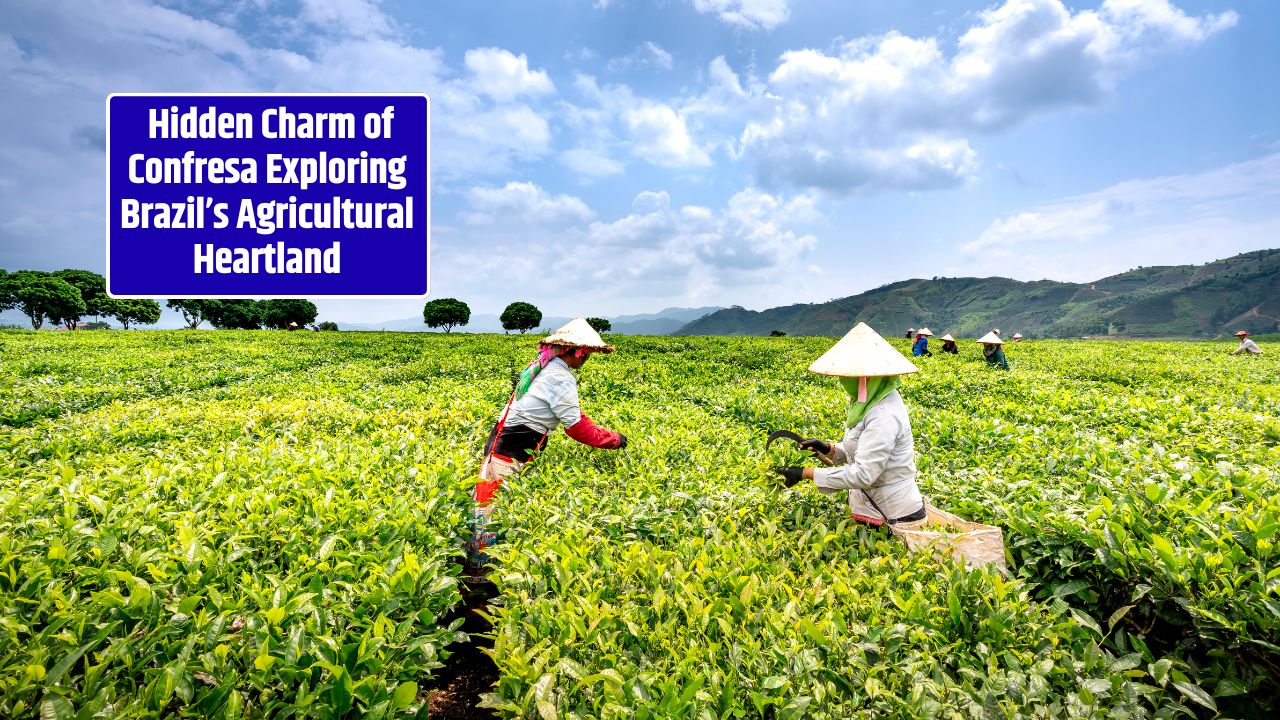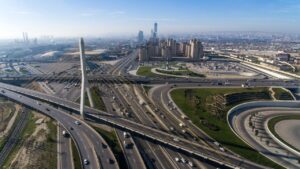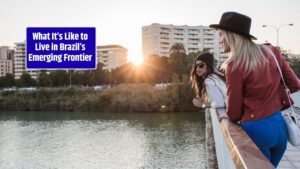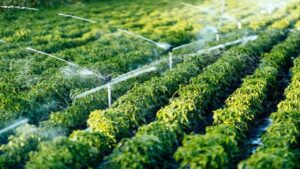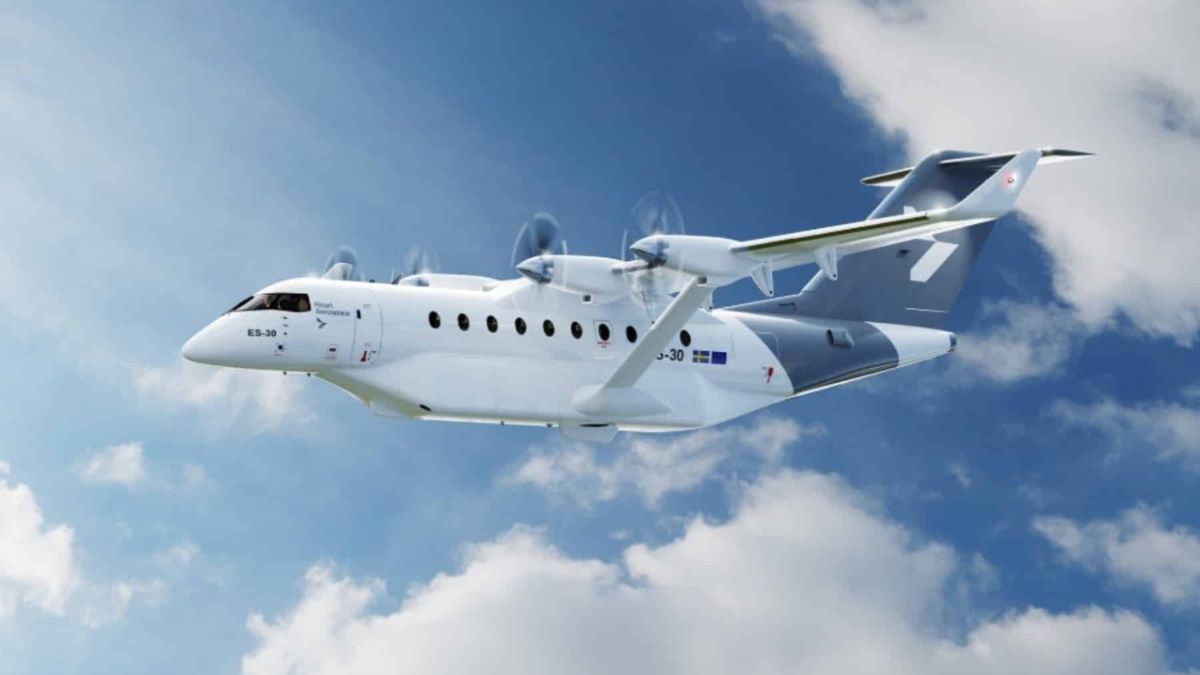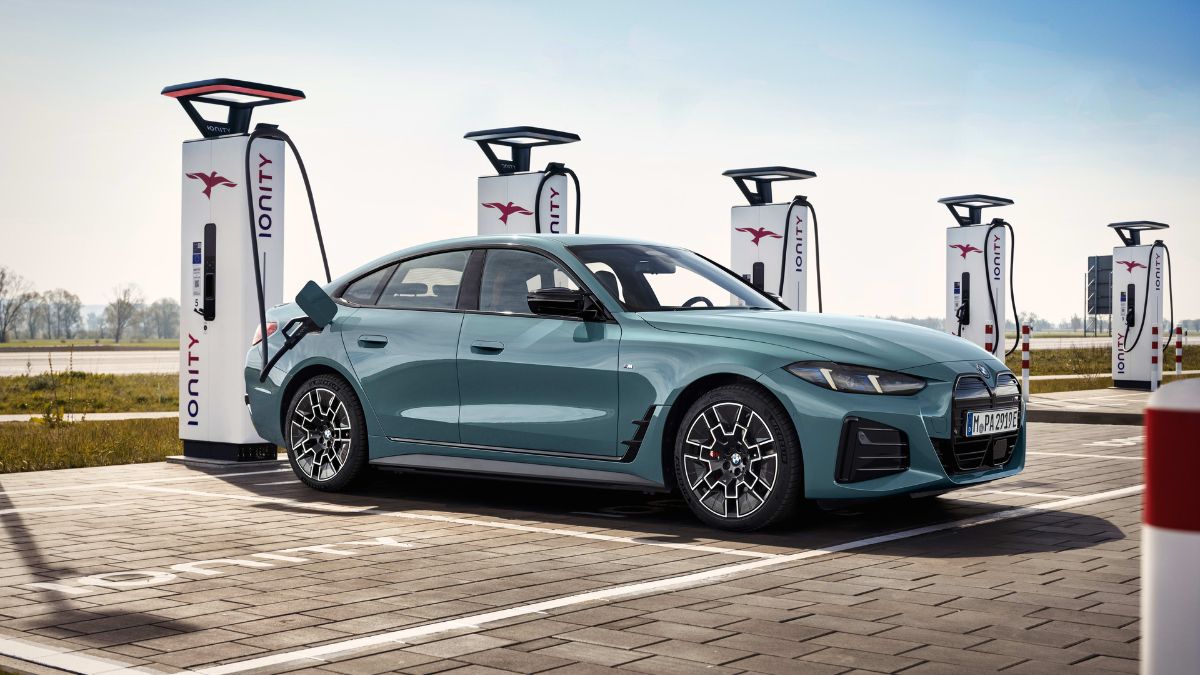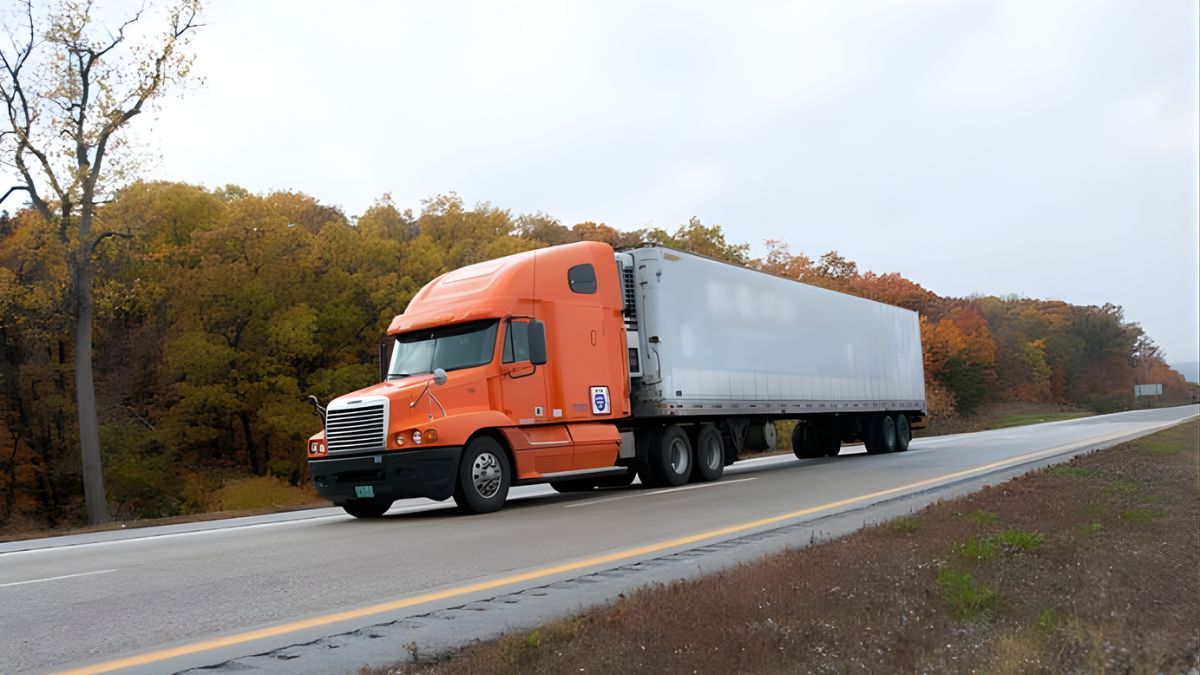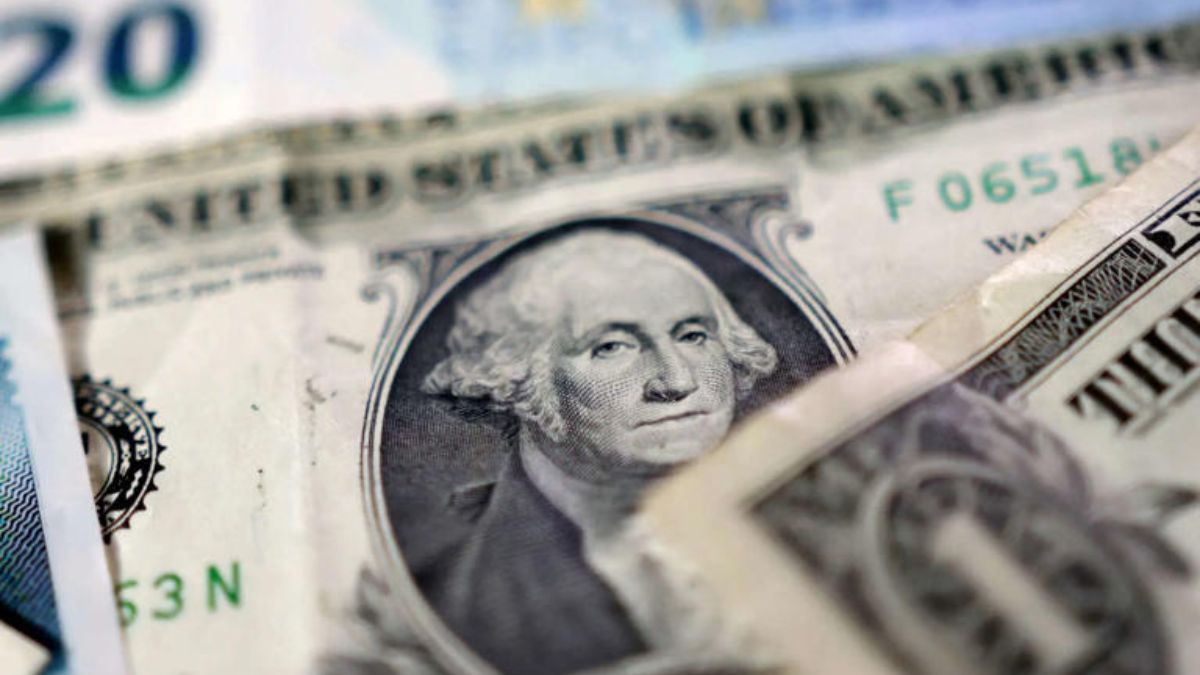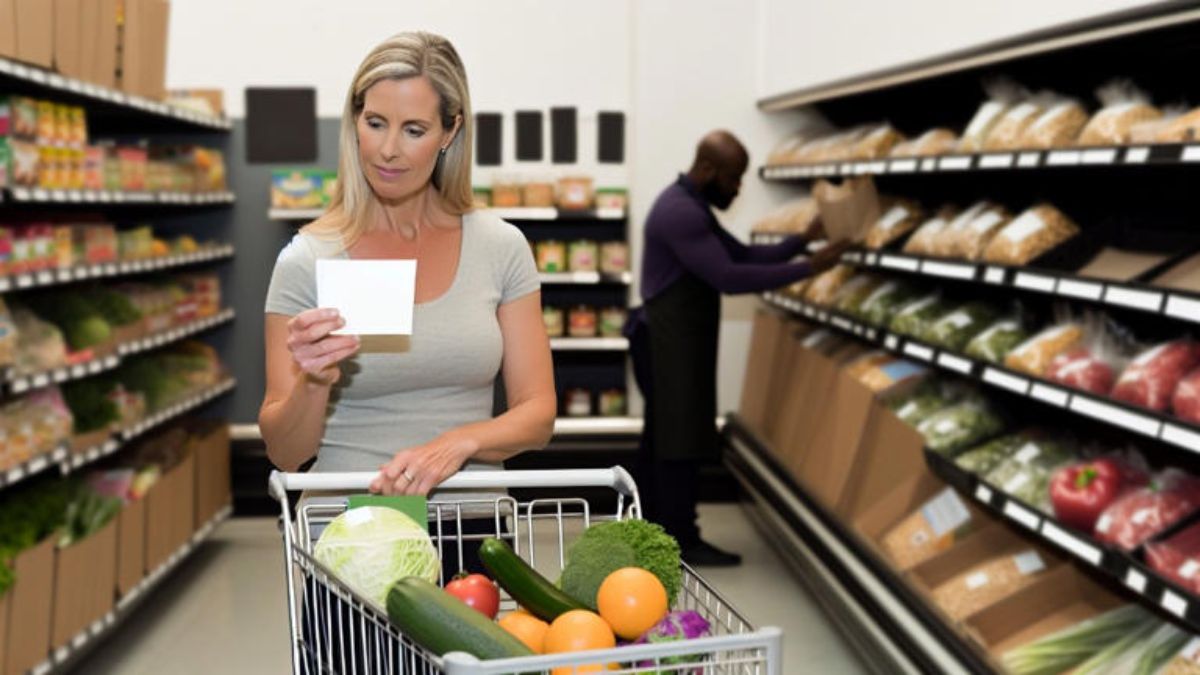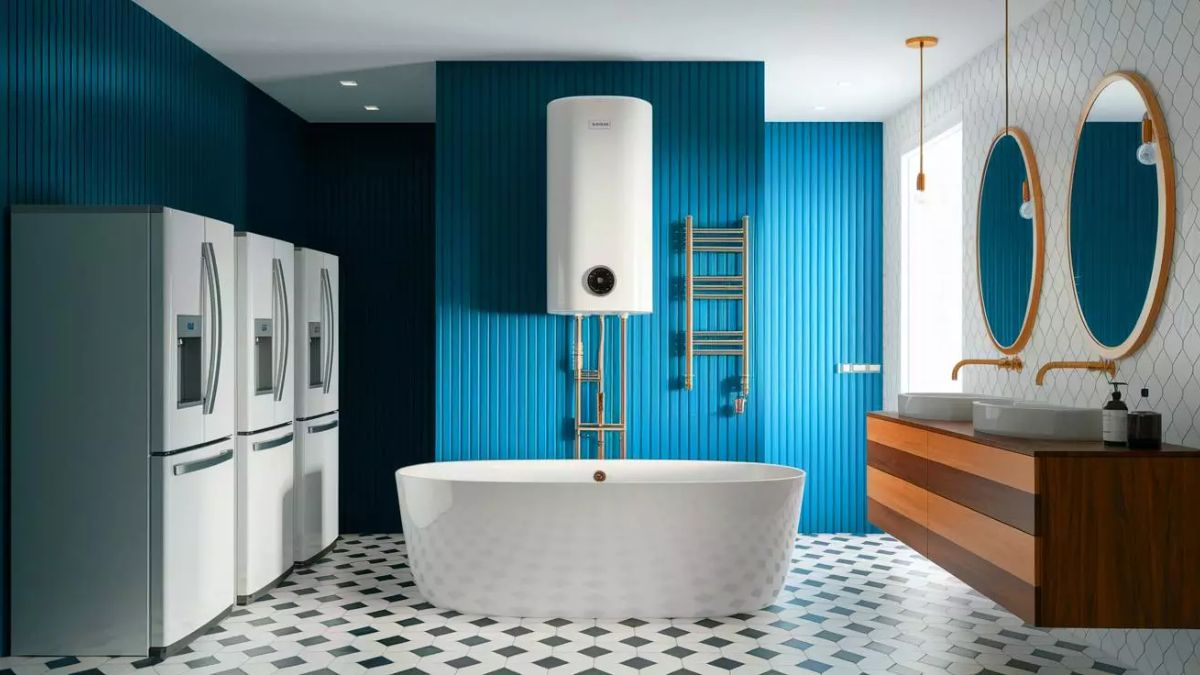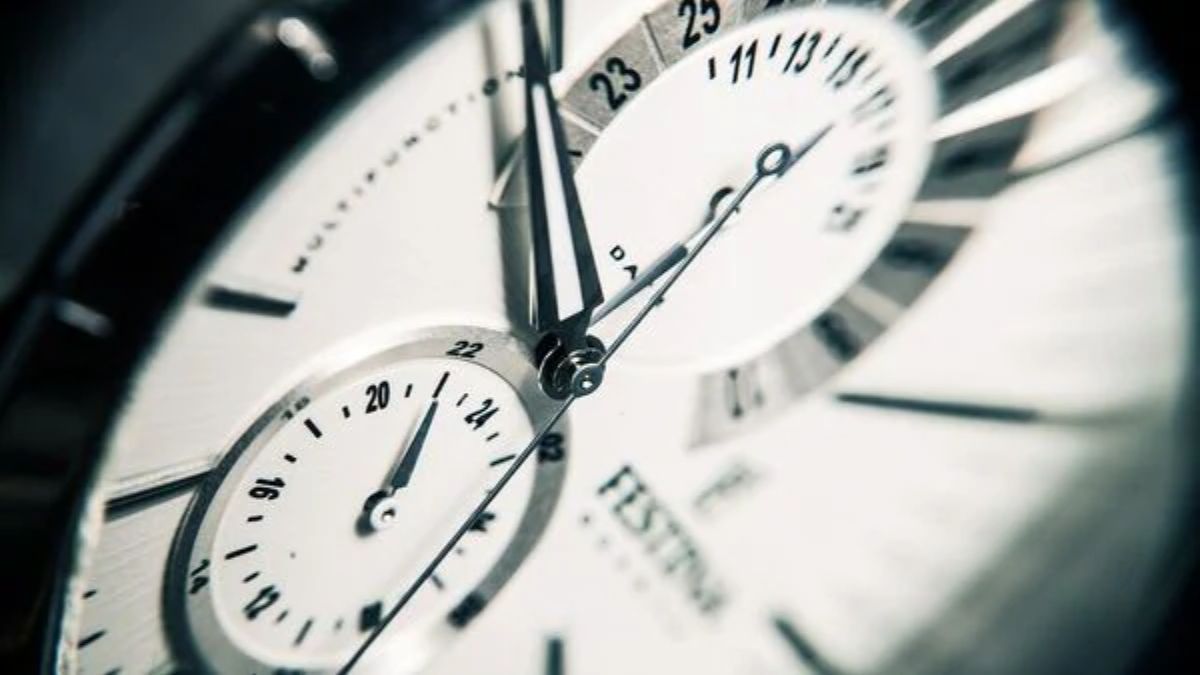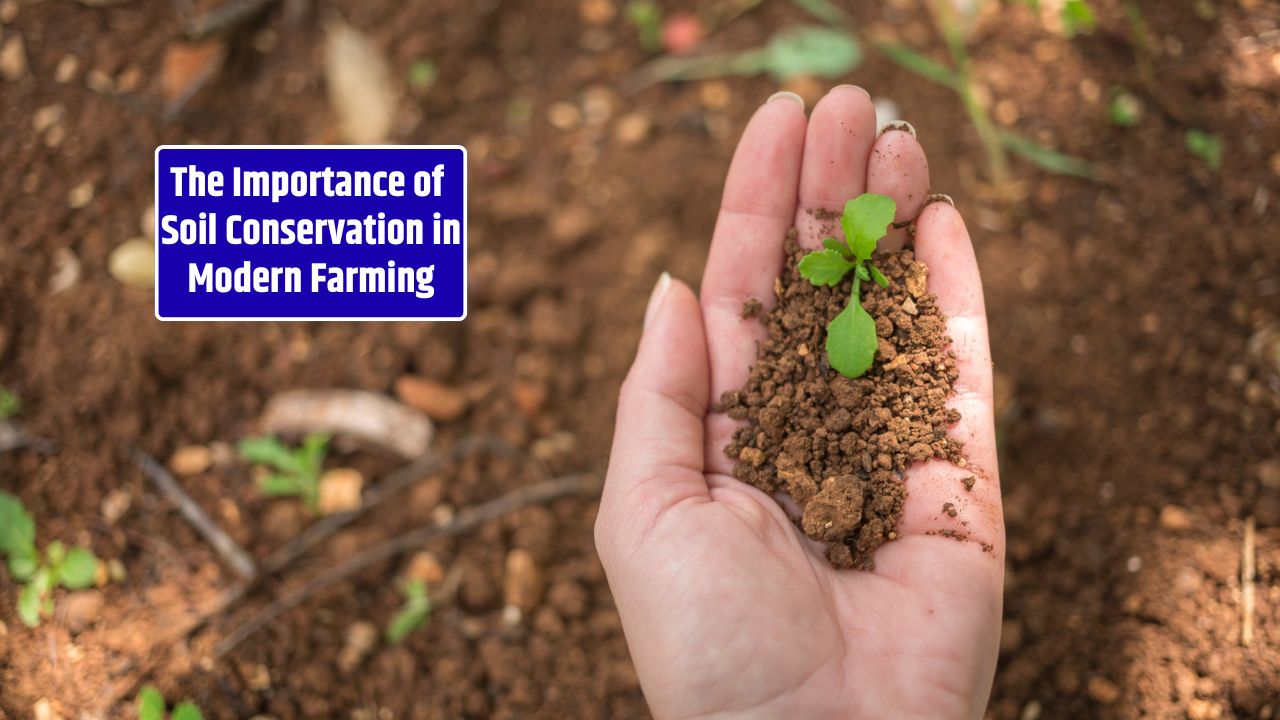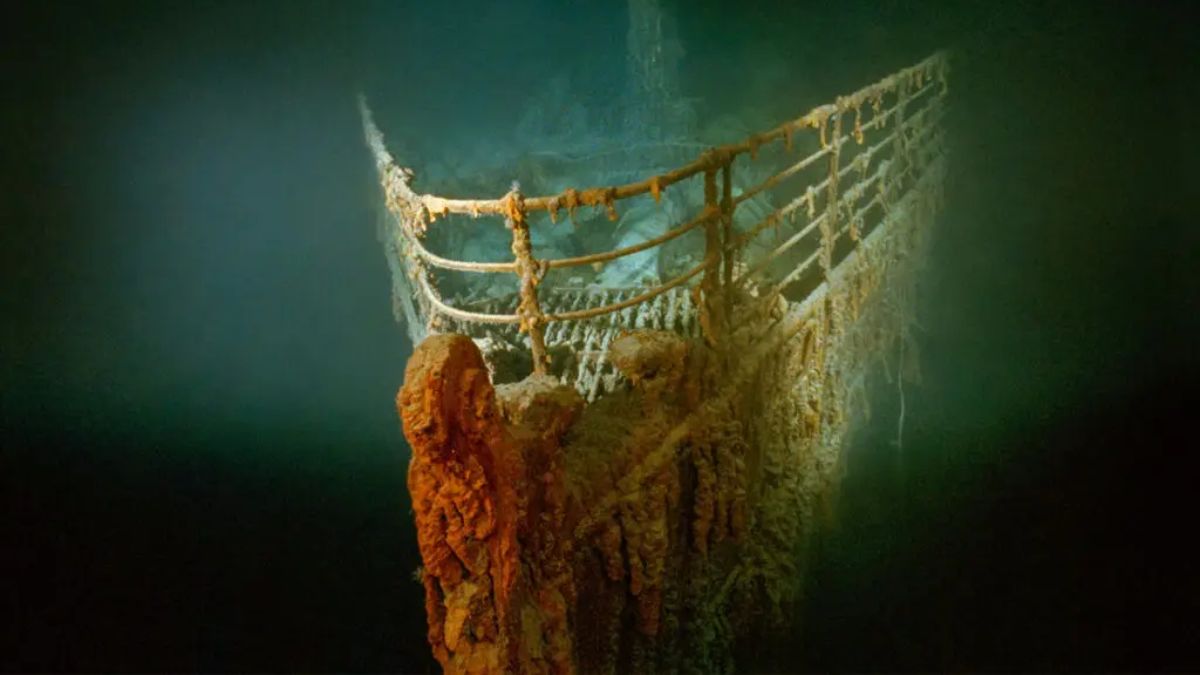If you arrive in Confresa at dawn, the first thing you notice is the color of the light—soft gold spilling across miles of farmland, touching rows of soybeans and corn as mist drifts over red soil. Trucks rumble awake, roosters crow, and from small cafés along Avenida Central comes the smell of strong coffee and fresh pão de queijo. There’s a rhythm here—quiet, steady, and deeply Brazilian. Confresa may not be on any travel guide cover, but it’s the kind of place that reveals its beauty slowly, in its people, its land, and the grit that built it.
Where the Frontier Meets the Future
Confresa sits in the northeastern corner of Mato Grosso, Brazil’s agricultural powerhouse. What started as a remote settlement in the 1970s has grown into one of the state’s most dynamic frontier towns. Back then, families from Paraná, Goiás, and Minas Gerais migrated north with tractors, faith, and hope—clearing land and planting the seeds of a new economy.
Today, those same fields feed international markets. Soybeans, corn, and cattle dominate the landscape, but modern Confresa is no longer just a farming outpost. With new infrastructure projects, grain silos, and digital connectivity, it’s becoming a small but strategic hub in Brazil’s booming agribusiness corridor.
Yet, despite its progress, the town has kept its humility. The cowboy hats, the family-run stores, the easy smiles—they’re reminders that development here hasn’t erased identity.
The Landscape: A Living Mosaic
Confresa’s surroundings are a study in contrasts. To the west, vast plains of soy shimmer under the sun. To the east, the Grande Rio do Norte winds lazily toward the Araguaia River, one of the country’s most biodiverse waterways. And not far beyond, the Parque Estadual do Araguaia shelters jaguars, giant otters, and countless bird species.
For travelers or photographers, the region’s natural charm is understated but powerful. It’s not about manicured attractions—it’s about long horizons, soft sunsets, and moments of peace. Locals often escape on weekends to riverside spots where time feels suspended.
During the dry season (May to September), the air is crisp and skies endlessly blue. Come rainy season (October to April), the earth turns a rich red and rivers swell—a reminder that nature still calls the shots here.
| Season | Months | Experience |
|---|---|---|
| Dry Season | May–September | Perfect for road trips, clear skies |
| Rainy Season | October–April | Lush landscapes, challenging roads |
| Harvest Time | June–August | Buzzing farm activity, local fairs |
The People Behind the Progress
Confresa’s strength has always come from its people. The original settlers—many descendants of European immigrants from Brazil’s south—brought with them a fierce work ethic and a sense of community. Their children, now business owners and farm managers, are blending that old frontier spirit with technology and education.
The Instituto Federal de Mato Grosso (IFMT) campus in town trains young locals in agronomy, environment, and IT, preparing them to manage the next generation of “smart farms.” Internet connectivity, once unreliable, now links rural producers to market data, weather updates, and global buyers.
Still, life here remains refreshingly unpretentious. Conversations revolve around rainfall, crop yields, football, and family. Progress hasn’t made people rush—it’s made them proud.
Local Life: Simplicity with Soul
A typical day in Confresa starts early. By sunrise, markets fill with farmers selling cassava, fruit, and cheese. The streets hum with motorcycles, tractors, and the occasional horse. At lunch, small restaurants serve hearty “prato feito”—rice, beans, grilled beef, salad, and farofa.
In the evenings, Avenida Central becomes the social artery. Families stroll, friends gather for pastel and sugarcane juice, and local bars fill with laughter and sertanejo music. It’s a reminder that rural Brazil has its own nightlife—less neon, more heart.
Faith plays a big role too. Churches—both Catholic and evangelical—are community anchors. On weekends, events spill out onto the streets, blending devotion with celebration.
The Flavor of Confresa
If you want to taste the real Confresa, forget fancy restaurants—go where locals eat.
| Dish | Description | Where to Find |
|---|---|---|
| Pacu Assado | Grilled freshwater fish seasoned with local herbs | Riverside eateries |
| Arroz com Pequi | Rice cooked with the nutty Cerrado fruit pequi | Family-run diners |
| Churrasco Pantaneiro | Barbecue with mandioca and vinaigrette | Farmhouse gatherings |
| Doce de Leite Caseiro | Homemade caramel milk dessert | Street markets and bakeries |
Meals are social rituals here—often shared, never rushed. Food reflects both the abundance of the land and the generosity of its people.
A Frontier City Growing Forward
Confresa’s rapid development has its challenges. Roads still need upgrading, healthcare is stretched, and housing demand is rising fast. But optimism runs deep. The town is part of Mato Grosso’s “interior boom”—small municipalities transforming through agribusiness and connectivity.
Investors from other regions are taking notice, especially as logistics routes like the BR-158 and MT-430 improve. Local leaders are betting on diversification—agro-processing, renewable energy, and even eco-tourism along the Araguaia.
As one farmer put it, “We used to send everything away. Now we want to build things here.”
Hidden Charms for Travelers
Confresa may not have glossy resorts, but it has authenticity money can’t buy. Visitors find an unfiltered Brazil—cowboys driving herds down dirt roads, kids playing soccer in dusty fields, and markets overflowing with colors and laughter.
Outdoor lovers can explore riverbanks, take guided fishing trips, or visit nearby Indigenous communities (with proper authorization through FUNAI). Every experience feels personal—no crowds, no rush, just connection.
And when the sun sets—painting the horizon in violet and gold—it’s easy to see why people stay.
Confresa at a Glance
| Category | Details |
|---|---|
| Location | Northeastern Mato Grosso, Brazil |
| Population | ~30,000 (IBGE, 2024) |
| Main Industries | Agriculture, cattle, logistics |
| Time Zone | BRT-1 (UTC–4) |
| Currency | Brazilian Real (BRL) |
| Average Temperature | 28–35°C year-round |
| Nearest Airport | São Félix do Araguaia (regional) |
| Best Time to Visit | May–September (dry season) |
FAQs:
Is Confresa open for tourism?
Yes, though it’s still an emerging destination. Visitors can explore nature spots and enjoy local hospitality year-round.
What’s the main attraction in Confresa?
The natural rivers, regional food, and authentic small-town culture—perfect for travelers seeking offbeat experiences.
How do I get there?
Fly to São Félix do Araguaia or Palmas, then drive several hours to Confresa via BR-158.

